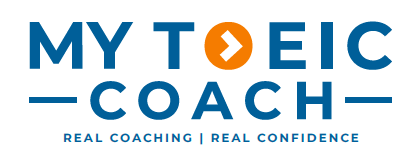✏️ TOEIC Focus: When to Use “Doing” and When to Use “To Do”
Some TOEIC Part 5 and 6 questions give you four answers that all look possible — until you spot that one small detail that decides the winner. “Doing” and “to do” is one of those high-frequency traps.
The test isn’t asking for your opinion. It’s checking whether you’ve trained your eye to see the trigger words that decide which one fits.
🔹 The “Doing” Triggers
Some words in TOEIC almost always pull in “doing” after them.
✅ enjoy doing → She enjoys working with clients.
✅ avoid doing → We avoided taking unnecessary risks.
✅ suggest doing → She suggested meeting next week.
If you see one of these triggers in the sentence, “to do” will almost always be wrong.
🔹 The “To Do” Triggers
Other words almost always need “to do” after them.
✅ decide to do → He decided to cancel the trip.
✅ hope to do → I hope to join the team soon.
✅ plan to do → They plan to expand next year.
If you see one of these triggers, “doing” will almost always be wrong.
🔹 The Object + To Do Pattern
Some sentences need a person or thing in between, then “to do.”
✅ They encouraged him to apply.
✅ The manager asked me to submit the report.
If the “someone” is missing, it’s wrong.
🔹 The Meaning Switch Traps
A few words can take both forms — but they mean different things. TOEIC loves these.
stop doing → quit an action
✅ She stopped smoking.stop to do → pause one action to do another
✅ She stopped to smoke.remember doing → recall something that happened before
✅ I remember meeting her.remember to do → don’t forget
✅ Remember to lock the door.
🔹 How to Beat These Questions
Spot the trigger word fast.
Decide if it’s a “doing” trigger, “to do” trigger, or meaning-switch trap.
Eliminate the wrong form instantly.
Trust the pattern — TOEIC repeats the same ones over and over.
Final Word
“Doing” vs “to do” questions aren’t about guessing — they’re about spotting the trigger and knowing the pattern. Once you train for this, you’ll answer in seconds and move on with confidence.
For more strategies and resources to master TOEIC answer-choice precision, visit the English Library Collection and start locking in pattern confidence today.

